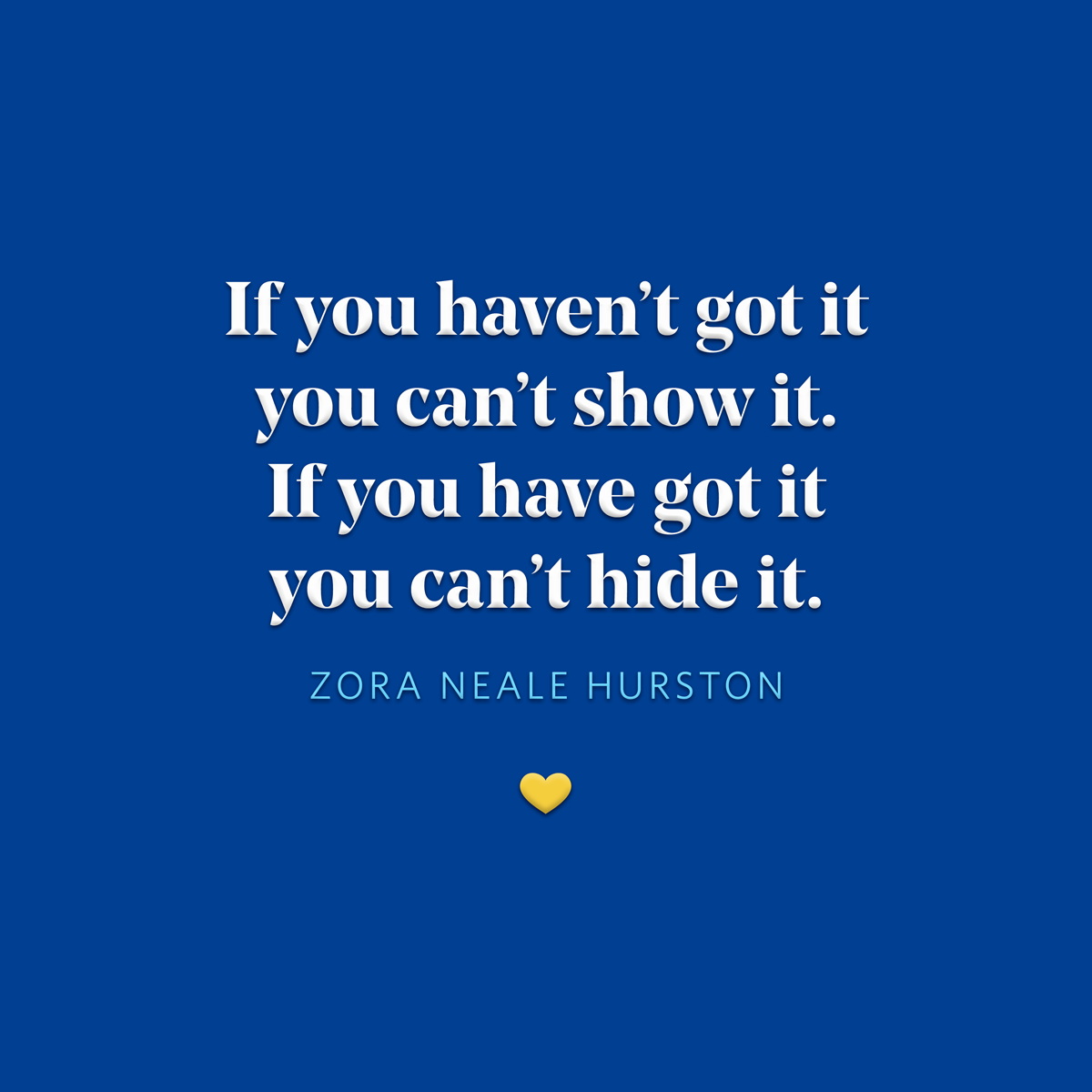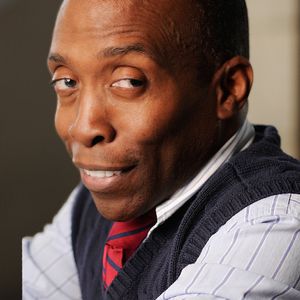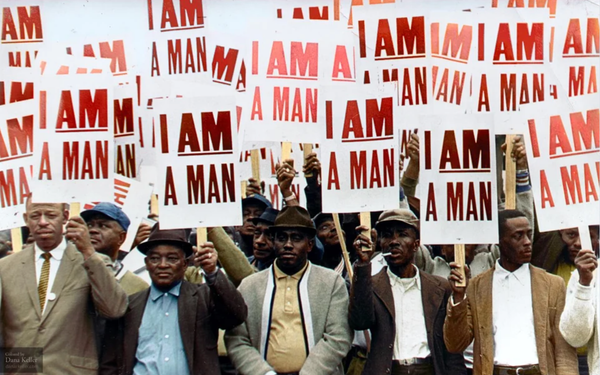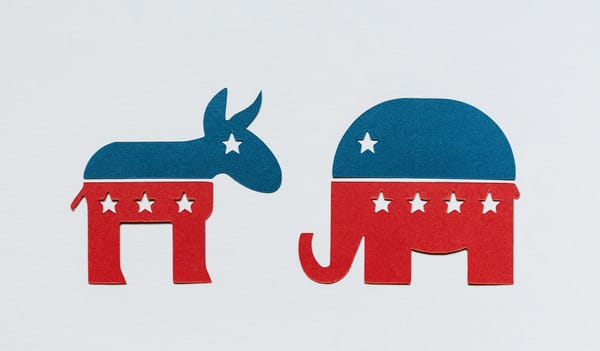Editor’s Letter
Biases exist. And we all have them, good and bad. The people and things we like we draw to us. The people and things we don’t like we push away or avoid. We all do it. I prefer to sit near a wall versus sitting in the middle of a restaurant, pinot grigio over chardonnay, and sitting anywhere on a JetBlue flight instead of coach on United Airlines flights. (Way too little legroom on United. Rest assured, legroom most certainly matters even to the vertically challenged. Who doesn’t like comfort?)
And we all have biases that live in our blind spots. More often than not, we don’t realize those biases even exist until we’ve stepped ankle-deep in a steaming pile of our own biases.
Fun.
When it comes to things like Chinese food versus Italian, Yankees versus Mets, or a vacation in the mountains versus the beach, nobody has a problem thinking about or owning their biases. But when we talk about biases concerning people, everybody gets all freaked out. As well we should.
Do you know why?
Because thinking about people in terms of bias means we have to ask ourselves inescapable questions: “Do I do that?” “Have my biases about people who look or act differently from me led me to judge them unfairly?” “Do I have a bias for a more uniform environment?” Of course, you have. If you’ve drawn people near you, you’ve certainly pushed people away. Again, we all have. And we all do.
As a Black man who stands at a towering forty-eight inches, I’ve experienced more bias than a garden-variety average-height person of any race can imagine. (So much so that I’ve given the phenomenon a name: The Novelty Effect.) And it boggles my mind how some people can snuggle up to exclusion so easily. Especially given the way the ethnic makeup of the United States has and is drastically changing.
Exclusion

Exclusion is a pretty simple concept to grasp. The Dictionary program on my Mac defines exclusion as the process or state of exclusion. Great, they used a version of the word in the definition of the word. So what does exclude mean?
To deny someone access to or bar (someone) from a place, group, or privilege; keep something out of place; to remove from consideration, rule out; to prevent the occurrence of . . .
Sound familiar? Sounds a lot like prejudice to me.
Given that humans are terribly inventive creatures, nobody’s really surprised that we’ve developed biases for just about everything. Ability, age, class, country of origin, ethnicity, race, religion, sex, sexual orientation size, weight . . .
Think it’s tough to face questions about bias and exclusion? Try living on the receiving end of exclusion. I have a story for you.
Back in October 2012, I read about the 9/11 Memorial at the World Trade Center, how the newly installed fountains descended into each footprint of the original towers, and the way the stunning bronze parapet inscribed with the names of the victims surrounded each. It read like it’d be a transcendent experience. I had to see it! I told my friends about it and made reservations for us.
A couple of days later, we got there and were amazed by the solitude throughout the memorial. It reminded me of an oasis smack dab in the middle of the hustle and bustle of Lower Manhattan. The new One World tower was nearcompletion, so we strolled over to the south pool. I was ready for my transcendent moment, the height of my visit: seeing the huge imprints and the waterfall/fountains inside them.
Unfortunately, my transcendent moment was obscured by the height of the wall. It came about two inches higher than my eye level.
My friends and I — all Little People — walked the circumference of the south fountain thinking, “Surely there’s some cut-out where we can see through or an elevated area specifically for those with limited mobility.”
Nope. Not *that* day. I guess the plaza’s designers forgot that wheelchair and motorized chairs users, kids, or the vertically challenged might visit the plaza and expect to have the same experience as everyone else. I hope that none of the survivors’ family members were wheelchair users.
Everyone is offered the same experience, right? Only if you’re taller than a third grader.
I know the decision to make the parapet x-height wasn’t made capriciously, nor was it intended as a personal affront. Decisions like that never are personal unless you’re the person negatively impacted. It probably never crossed their mind.
While the above illustration points to the exclusion of a small portion of the population, the same scenario plays out a thousand times every day — intentionally and unintentionally — with race as the bias. Don’t believe me? Check out this New York Times article.
Diversity is not the issue. There are 7.5 billion people on the planet, and no two are exactly alike. Diversity is in our DNA. God has mastered diversity.
The issue is inclusion. And engaging in inclusive behavior is our human response to divine diversity. Since we’ve all been made by the same Creator, it stands to reason that we all have the same intrinsic value. Yes?
Inclusion

Think about your friends, coworkers, even the people you choose to interact with in passing. If they all look like you do, think like you do, and act like you do; you’re not doing diversity. You’re doing uniformity.
Inclusion is a choice. A conscious choice. I choose to interact with anyone open to interacting with me. Trust me, I’m not glad-handing everyone in line at the post office, but I don’t walk around in a cloud of self-importance oblivious to the humanity around me.
How do you become more inclusive? It ain’t that hard, people. You simply CHOOSE to open your sphere of influence — the people you interact with — to include and expose yourself to different perspectives. Seek to afford others the same grace and respect you would want if you were the only white person in a room of [insert your favorite minority].
It ain’t rocket science, folks.
Love one another.
Clay Rivers
OHF Weekly Editor in Chief
New This Week
What the Ideologues Don’t Want You to Know about Immigration

In the Netherlands, a newly-elected government just collapsed because of internal disagreements over how to handle immigration. In Greece, officials are under fire after a boat transporting over 750 migrants, including 300 Pakistanis, capsized and sank while under Coast Guard control. France, Japan, and the European Union’s parliament are struggling to develop compromise immigration policies which seem to satisfy nobody and outrage most. That’s just a few current examples of how immigration has become a global political controversy, and it doesn’t even mention the on-going debates in the United States, Poland, Australia, Brazil, Sweden, or pretty much any developed country. How could immigration have become so controversial?
By far, the country with the most immigrants in the world is, unsurprisingly, the United States. With over 50 million foreign-born residents, the nation that welcomed “your tired, your poor, your huddled masses yearning to breathe free, the wretched refuse of your teeming shore” with its Statue of Liberty absolutely dwarfs the number two nation, Germany, which has just under 16 million immigrants. Interestingly, the number three destination for immigrants is actually Saudi Arabia, but that’s another story.
The rankings change when we consider the percentage of a nation’s population that is foreign-born. Because the United States is so enormous, even though we have by far the largest number of immigrants, we don’t even crack the top fifty by that measure. While it is true that most countries at the top are small nations where the immigration of a handful of people will dramatically change its population make-up, even among the larger, more developed countries, the United States ranks relatively low by this measure. Indeed, among the G20 countries, Australia (30.14%), Canada (21.33%), Germany (18.81%), and Saudi Arabia (38.65%) all outrank the United States (15.28%), by that measure, as do European Union member states Austria (19.3%), Belgium (17.3%), Cyprus (15.77%), Ireland (17.64%), Luxembourg (47.62%), Malta (25.99%), and Sweden (19.84%). In other words, in all these countries, anywhere from one out of seven to one out of two residents are foreign-born.
Within the United States, the immigrant population is not evenly distributed. States such as California, New Jersey, New York, and Florida all have more than 20 percent of their population foreign-born, while other states such as Wyoming, Mississippi, Montana and West Virginia have 3 percent of their population or less foreign-born. The median state is North Carolina, with 7.9 percent of its population foreign-born.
The reason I spend time on these statistics is to demonstrate that immigration is a reality across the United States and around the world. If you live in a country where one out of five residents is foreign-born, bringing with them unfamiliar customs and religious practices, it is not surprising that people might feel their home country’s traditional culture is dramatically changing and faster than they would like. They fear that the traditions they have grown up with that they associate with their national identity will be replaced by an unfamiliar culture, one which might make them feel like a foreigner in their own land. They will tell you this fear is exacerbated by the tendency of immigrant women to give birth to more children than those who are native-born.
Read the complete article at OHF Weekly.
Write with Us

OHF Weekly writers are intentional in their message, careful in their craft, and have a public record of support for racial equity. We strongly prefer writers with an active Twitter account, as we use Twitter as a primary channel of social media engagement.
Our writers share their first-hand experiences and musings as Black, Indigenous, and People of Color (BIPOC), members of the LGBTQ community, People with Disabilities, or their allies, and include all who recognize and uplift the inherent humanity and equality of all human beings regardless of race, gender, sexual orientation, age, or religious affiliation or lack thereof.
Submissions should have a point of view that supports marginalized people or that explores your personal journey out of a dominant-culture-biased worldview and offers insight to others who want to do the same.
Because of our non-profit status, we can neither accept nor publish works that support or oppose a political campaign or candidate.
For more info about what we look for, check out our Submission Guidelines.
Final Thoughts











